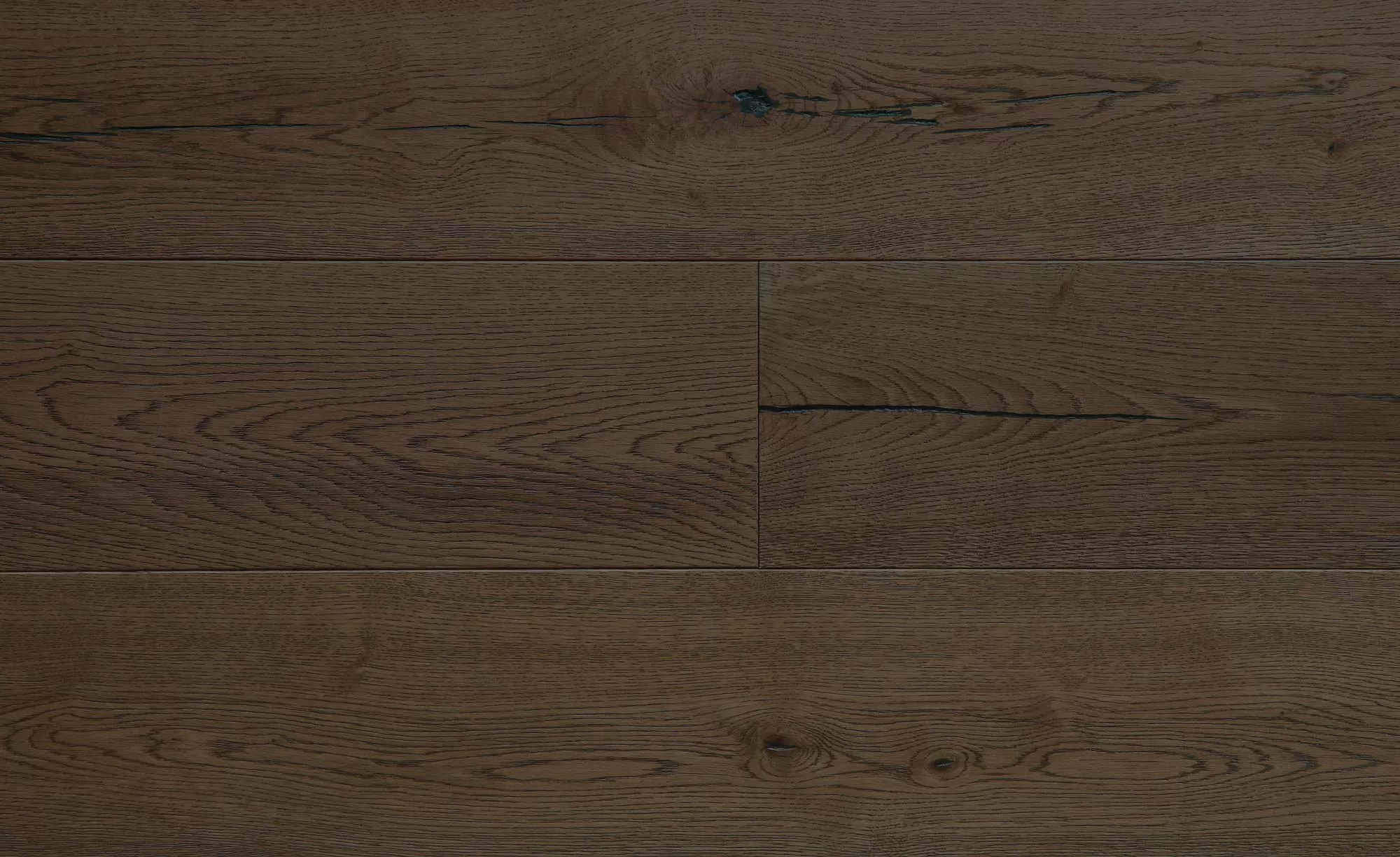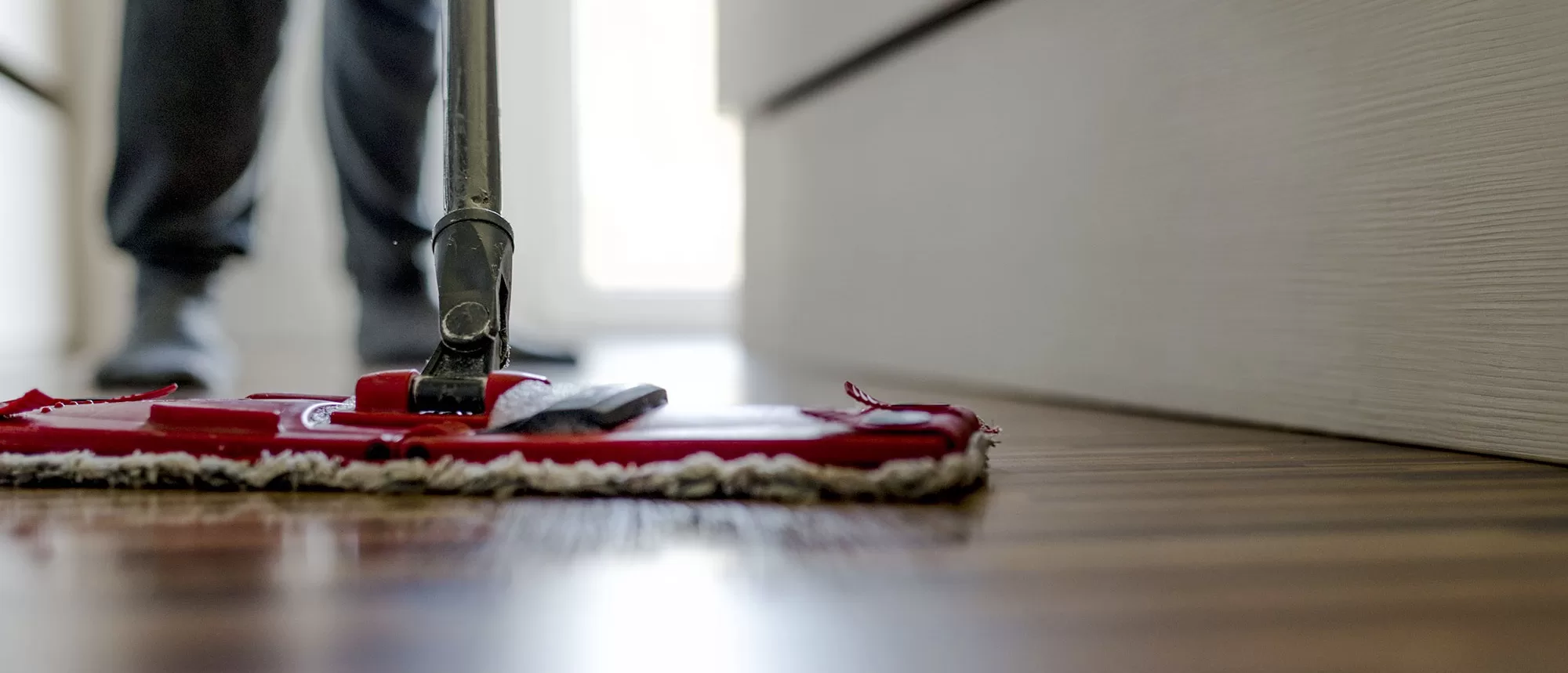With some sensible care and maintenance, you can keep your timber floor looking beautiful for years!
Introduction
Your timber floor is a significant investment. With some sensible care and maintenance, you can keep your timber floor looking beautiful for years! Routine basic maintenance should include regular sweeping, vacuuming or dust mopping as well as mopping with a well wrung mop
Ongoing best practice
Fit protective pads to furniture legs to reduce the risk of marking the floor. Don’t forget to watch, as these pads can be knocked off, get worn out or shift position, which will leave the hard wood or metal tip of the furniture exposed. With furniture legs, it is not so much weight but movement that damages floorboards.
Dirt and grit is the main cause of damage to your floor, so keep mats at your external doors to stop dirt from getting into your home. Avoid using mats or rugs with rubber backings as they could stain your finish.
While timber is sensitive to moisture, it will tolerate spillages. Just wipe them up straight away.
For day to day use, you only need to sweep the floor with an anti-static broom. Most marks can be wiped off with a damp cloth. Occasionally, give the floor a general clean with a well wrung, damp cloth or mop. Heavy wear areas may need more regular treatment, typically kitchens and hallways.
Be sure to use a pH neutral cleaner. If possible, use a recommended care product from the timber or floor finish supplier. We will provide those details to you, if available. For oiled floors, we will provide you the suppliers maintenance kit.
What to avoid
High heel and stiletto shoes will cause dents in a timber floor. Best practice: remove high heel shoes before walking on your floor!
Moving or dragging furniture on a timber floor will cause damage. Don’t forget to fit good protective pads beneath furniture legs. Lift your furniture rather than dragging it, if you can.
Pets with long nails or claws will scratch and dull the floor finish, so make sure their nails or claws are trimmed regularly and kept blunt.
Over wetting a floor when mopping or cleaning can change the moisture balance of the timber and cause the floor to expand. It can also cause damage to the coating. It is important to ensure that mops and cloths are well wrung so that as little water solution as possible wets the floor. If you regularly sweep or vacuum, you should not have to mop more than once a week. Mopping too often may damage your floor.
Steam mops are not recommended for cleaning timber floors! Moisture is forced into the timber (never a good thing) and the heat from the steam mop could also cause damage to the coating on the floor.
Do not use Methylated Spirits or Kerosene as they will degrade the timber finish over time.
Long term
As timber is a natural material, it reacts to the weather, getting slightly larger in wet weather and slightly smaller in dry weather. The small gaps that open between the boards as a result are perfectly normal.
Direct sunlight and the resultant heat can contribute to gapping and may also cause the colour of your timber and coating to change over time. If this is a concern to you, use external blinds, curtains or window treatment to minimise the effects. Occasionally moving around rugs and mats ensures that the floor tones evenly.
Your hardwood floor should be recoated or repaired when the original finish shows signs of wear, but before it has worn down to bare wood. Once worn to bare wood, the floor will stain easily and may require complete re-sanding. The recoating or repair process only requires the floor to be cleaned down and then abraded, after which another coat of finish is applied. It is a much simpler and less costly process than re-sanding. You may need professional help to do this correctly.


